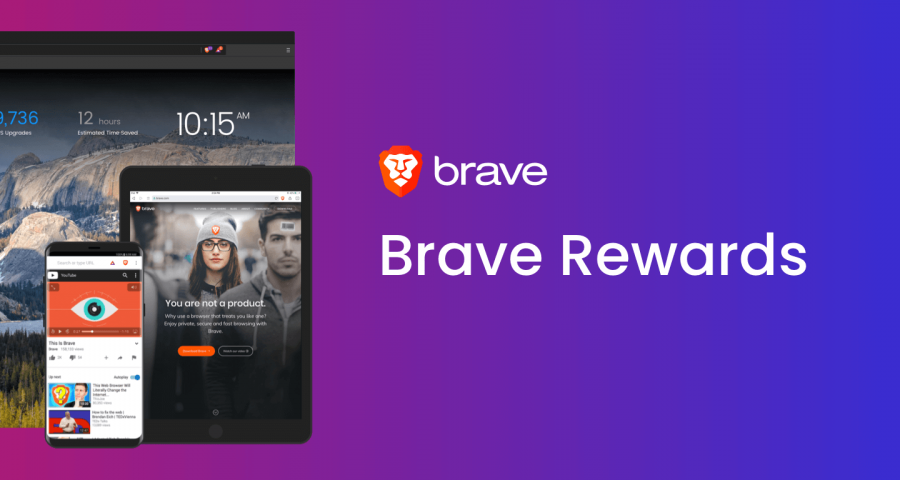On Thursday, January 23, 2019, I listened to Congressman Bill Foster (IL – 11) present his thoughts on a US Central Bank Digital Currency (CBDC) and its relationship with a centralized Digital Identity.
Before getting into the weeds, I’d like to restate that these are his expert thoughts (blended with some personal perspective), not a polished proposal ready for votes.
Overview
Principally, Foster’s US CBDC would rely on three foundational elements.
- Account-based balance transfers through Fed-owned accounts.
- Judicial safety nets for “reversing” transactions through courts
- Biometrically-signed Digital Identity tied to both ends of transactions
Notably, what it does not explicitly include is establishing this CBDC on a blockchain or as a cryptocurrency. Rather, the nature of the judicial safety net to allow transactions to be frozen or reversed would fall directly opposed to the immutable nature of the typical blockchain.
Before we explore each of these, let’s add some context to his point of view.
Why they want to do it
Fundamentally, the US government is not acting from a forward-thinking mentality. Rather, they are playing defense against China.
The threat of a Chinese CBDC is the strongest impetus the US government has for pushing for a US CBDC. They worry, among many, that the dawn of a Chinese CBDC will dethrone the USD as the world’s reserve currency. Without this, the US would not act.
Further, they worry that if the Chinese CBDC gains adoption, the world would be under the thumb of Chinese law – your assets could be frozen or confiscated without warning or reason, and the recourse would be through Chinese courts.
Now, as much as I distrust the US system to get it right, I’d choose them over the Chinese system every time. And, despite it all, many people would agree with that choice as well.
In summary, the US government wants to protect their power over the global monetary supply against a growing Chinese alternative; reasonable, I suppose.
Why it needs to be built this way
The dream of truly anonymous, immutable, and trustless peer to peer payments cannot be fulfilled through a CBDC (just use crypto instead).
Firstly, KYC/AML fundamentally opposes anonymity. Though any libertarian would argue against it, the reality of the world and its use of money for nefarious purposes is apparent. We can’t have a CBDC that is built to easily comply with washing illegal money into the primary monetary system. Say what you will about cash, but digital currency moves at the speed of light and needs to be held to a higher standard. So, we need a reliable digital identity.
A CBDC can only be built within the confines of its ability to enforce compliance with the law. Therefore, it can only exist with a layer of verified, biometrically-signed digital identity (thumbprint, iris scan). The curious piece of this is how identity would be enforced outside of the US; ie. how would a French banker use a US CBDC; a Russian?
Interestingly, Foster posits that the CBDC can be built in a pseudo anonymous way to prevent counterparties from knowing each other’s identity, while still revealing both to the central authority. This could fundamentally change the data collection strategies of payments companies like PayPal in that they would not have a credit card name on the transaction to relate to any other transactions. Businesses would only know that $29.99 entered the system for an item, not that it came from Joe Smith.
Secondly, like any contractual agreement, the ability to raise issues to a higher, impartial power to settle disputes is foundational to trust, recourse, and plain usability. If I have a contract with someone and there is a dispute, I can take them to court for action. A CBDC must be built with a layer to leverage this pattern; on-chain or off-chain. If you accidentally send funds to a dead-end account, you’ll want a way to escalate the issue to reverse the transaction. If someone steals your money or defrauds you, you’ll want the justice system to provide an option.
While I am against providing a small subset of individuals the keys to a “backdoor” to the CBDC (since it becomes a single point of failure that every enemy nation state will likely make their primary target), the pattern must be implemented to some degree. Personally, I would prefer an off-chain option rather than open a backdoor to the entire monetary system, regardless of how well trained and secure the operators are.
Lastly, instead of using the cryptocurrency pattern of keys owning tokens and transactions transferring ownership, Foster prefers to use account balance transfers within the confines of the Federal Reserve. He believes account balance transfers instead of blockchain would be a superior solution to scale; at present he’s not wrong.
I can’t speak to the strategy of holding these accounts within the Federal Reserve or how this system would play into monetary policy and interest rates. Foster did not have any comments on this perspective, but it’s hard to imagine that they wouldn’t mess with your account somehow.
Final Thoughts
Though many libertarian ideals will die on the table for the CBDC, did we really expect anything else?
I’m actually very excited to see the use cases of a solid, biometrically-signed digital identity. From preventing spam calls to online voting, a trusted, government-backed digital identity would fundamentally transform the internet.
As far as the US CBDC goes, I wouldn’t hold my breath. Acting defensively and without a clear proposal, we’re a long way off from POC and adoption. And I don’t see myself using the Chinese CBDC to pay my bills anytime soon…
Meanwhile, if you want to use USD on the internet, pick up some DAI or any other stablecoins.


